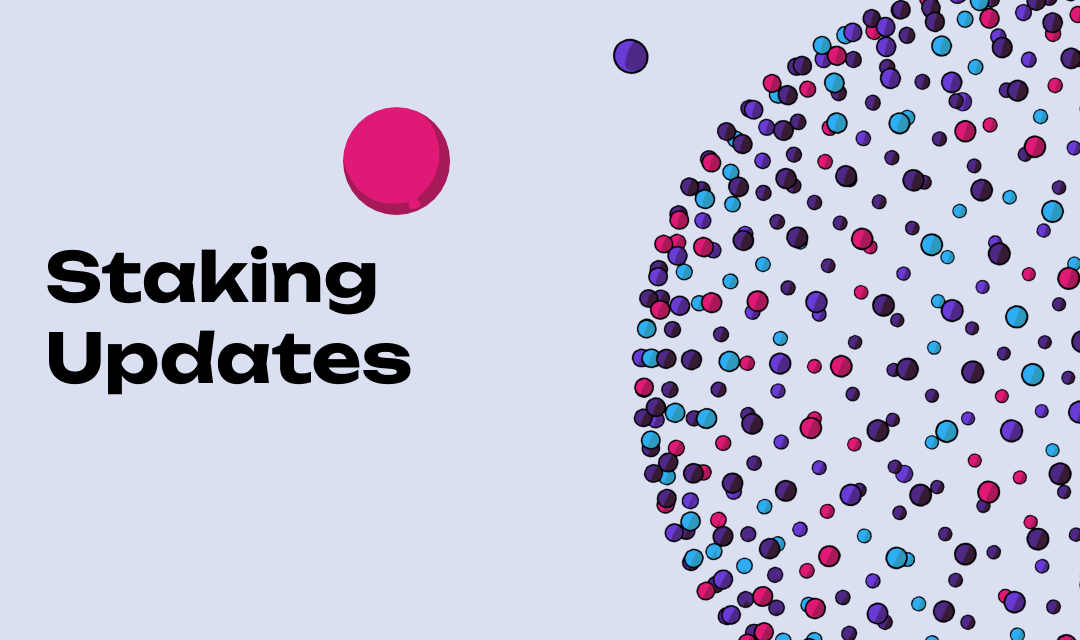Staking Update: August 2021
August sees Polkadot staking improved with a semi-sorted nominator list and multi-block elections. Discover how these changes impact scalability and governance.
 By Polkadot•August 31, 2021
By Polkadot•August 31, 2021
By Kian Paimani, Parity Technologies
- This month's main focus was on a PR that will allow the staking pallet to maintain a semi-sorted list of all nominators. This will allow governance to remove the count limit on nominators (or increase it significantly) and make the
nominatetransaction available at all times again. That being said, the sorted list will still act as an entry barrier: When the time for a staking election comes, we will only take the topxnominators, wherexwill most likely be the same as our current limit,22500or very similar. We propose removing this limit once we achieve our next milestone, multi-block elections (read below). - The semi-sorted list will act as the foundation of our next big step, which is multi-block elections. Sometime in the future, Polkadot will, for example, be able to allocate 5 blocks to its staking election, during which the 5 most highly staked pages of nominators (where each page has a fixed size) need to processed and used for the election. This is why the sorted list of nominators is important! The multi-block election change is being actively designed and prototyped, see this tracking issue. Furthermore, in the long term future something like an NPoS election parachains could enable virtually unbounded nominator participation as all blocks could be used to process elections.)
- In motion 31 we proposed the increase of the minimum nomination bond to 80 DOTs. This is (inevitably) the chain's only strategy to deal with the influx of nominators as of now, until the multi-block elections are deployed. Most of nominators who had staked less than this amount have already been chilled through the permissionless
chill_othertransaction. - Kusama's number of nominators is still below 7000, with a slight decrease over the last month, which can be attributed to the launch of parachains and stakers moving into crowdloans. So, for now, exceptionally, no chaos is expected 🦜.











